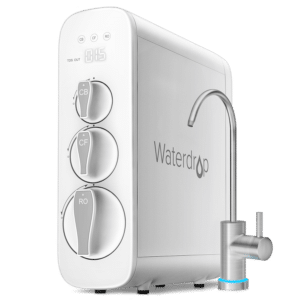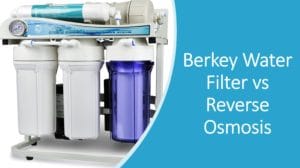Does reverse osmosis remove fluoride? Yes, reverse osmosis is very effective in removing contaminants like Fluoride. Make sure to check that your reverse osmosis system has been tested and certified to remove fluoride.
Whether fluoride is a friend or foe depends on how much of it is in your tap water. Found abundantly in nature, fluoride may be toxic and possibly a carcinogen in doses that are too large.
Fluoride in small amounts promotes healthy teeth, but if groundwater already contains fluoride and is then fluoridated, you could be ingesting fluoride at harmful levels.
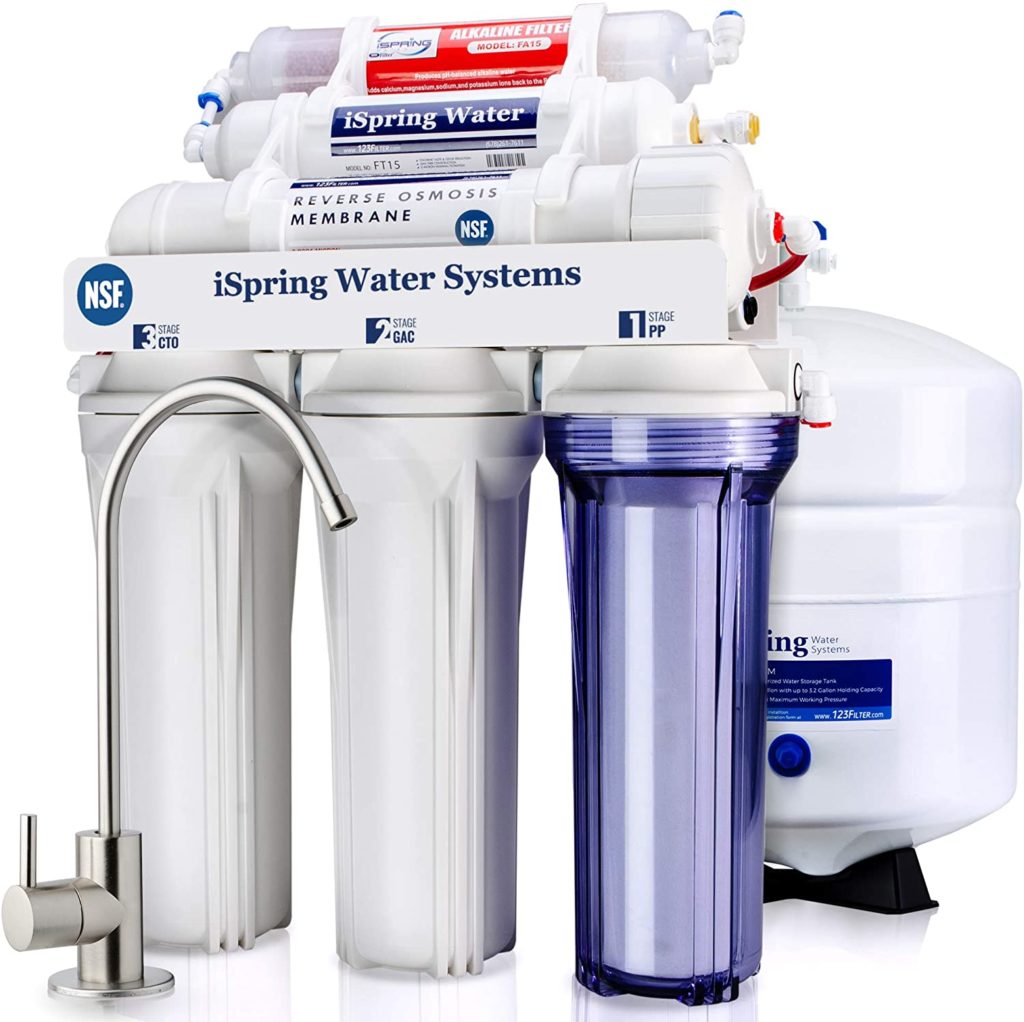
Does Reverse Osmosis Remove Fluoride From Water?
The short answer to the question of “Does reverse osmosis remove fluoride from water?” is “yes.”
Reverse osmosis purifies water by pressing it through a semipermeable membrane. The membrane acts as a filter since it has pores that water molecules can pass through but not other types of molecules.
One of those molecules that is too large to pass through the membrane is fluoride, which is a fluorine atom that has gained an electron and carries a negative charge.
When reverse osmosis occurs, the water molecules passing through the membrane are pure. Reverse osmosis only purifies a fraction of the water that passes through, so it can be a wasteful way of removing fluoride from water.
We talked extensively on the reverse osmosis process in our recent article that compares the best reverse osmosis systems. Check it out here
How Effective Is it?
Reverse osmosis is quite effective as a fluoride filter, removing about 80 to as much as 99 percent of fluoride in tap water, according to the Water Quality Association, an organization representing the water treatment industry.
The exact level of fluoride removed will depend on the quality of the membrane used and the water flow rate. Generally, the faster the water flow rate through the membrane, the less fluoride that is removed.
Because of the high rate of fluoride that reverse osmosis removes from drinking water and its cost-effective results, reverse osmosis, or RO, is among the most popular options for fluoride filtration.
Why Should You Remove Fluoride?
Water has been fluoridated in many areas of the United States since the 1950s to promote dental health since fluoride encourages enamel growth and prevents cavities. The American Dental Association reports that about 1 part per million of fluoride is added in water fluoridation.
The danger of over-fluoridation occurs when naturally occurring fluoride is already present in groundwater and then is fluoridated.
A fluoride level of 4 parts per million or higher can cause health problems, including pitted or discolored teeth.
Long-term fluoride exposure at levels of 4 parts per million or higher can cause skeletal fluorosis, an accumulation of fluoride in the bones that eventually results in joint pain and stiffness. In older adults, this results in weaker bones or fractures, according to the American Cancer Association.
To protect children from dental fluorosis, or the buildup of fluoride in a child’s developing teeth, the U.S. Environmental Protection Agency set a fluoride guideline of no more than 2.0 mg/L.
Since that is a guideline, it is not an enforceable regulation, but public water systems are required to tell their customers if the fluoride levels in water surpass that amount.
Studies on possible links between fluoride and cancer have not conclusively shown causation. Still, a 2006 study by the Harvard School of Public Health showed a relationship between fluoride and osteosarcoma, a rare type of bone cancer, in boys but not in girls.
For many, fluoride’s dental health benefits are not worth the risks of ingesting too much fluoride.
Other Filters that Remove Fluoride
While reverse osmosis is a very effective fluoride filter, the water waste during the filtration process may rule it out. It can take three to four gallons of water to produce one gallon of water treated by reverse osmosis.
Pitchers and Faucet Filters
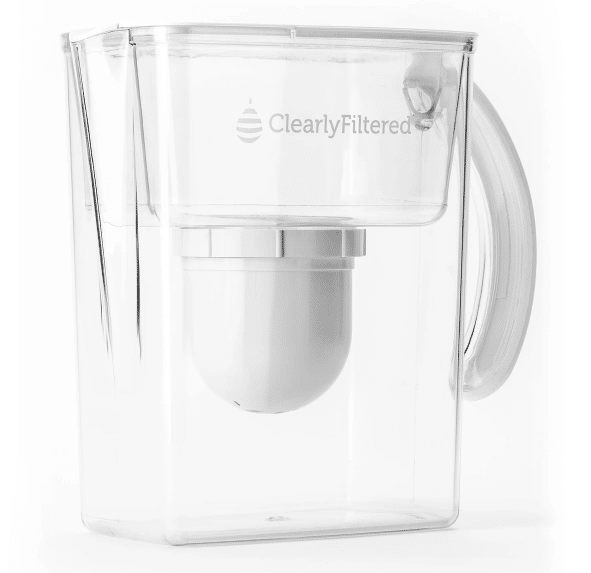
Most popular faucet and pitcher filters on the market only remove trace amounts of fluoride at the most, so if you are serious about removing fluoride from your water, many of these are not viable options.
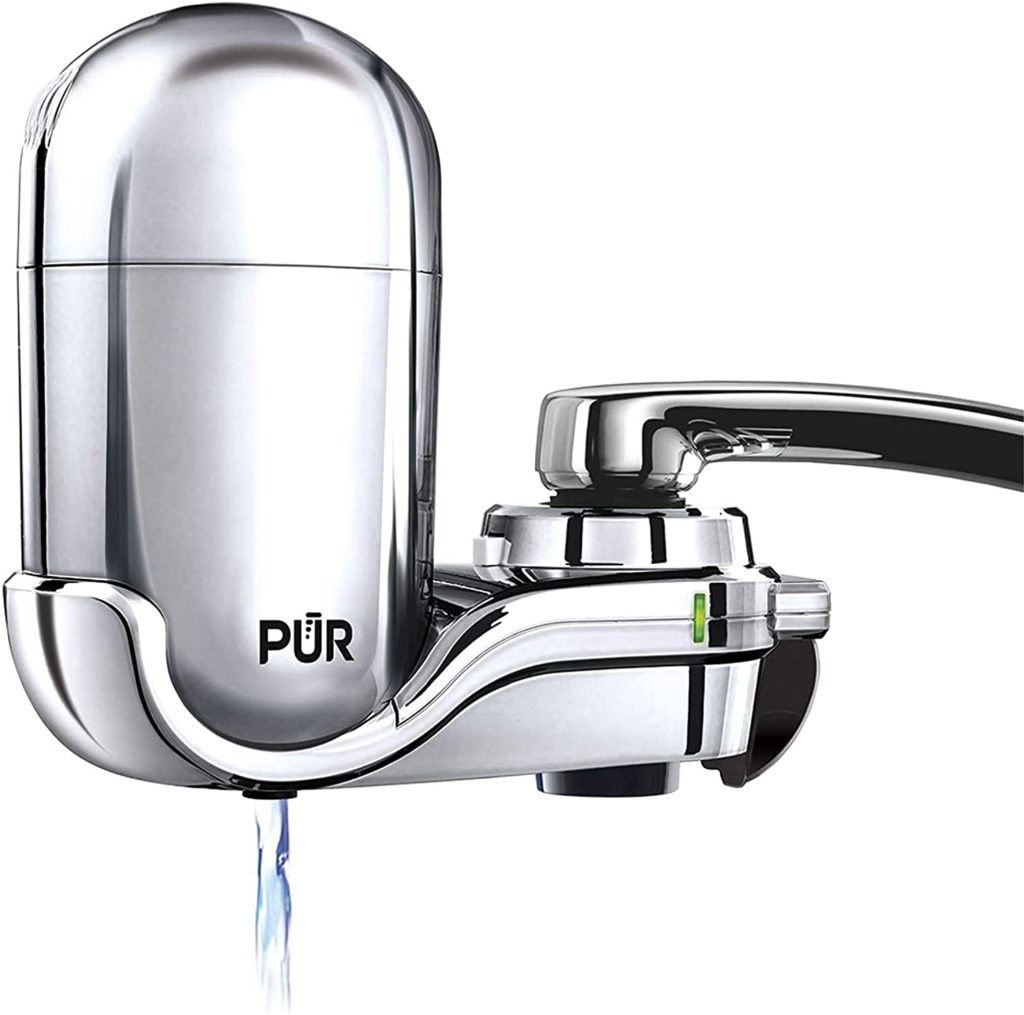
Check packaging and websites for information about amounts of fluoride removed before making a purchase.
Deionization
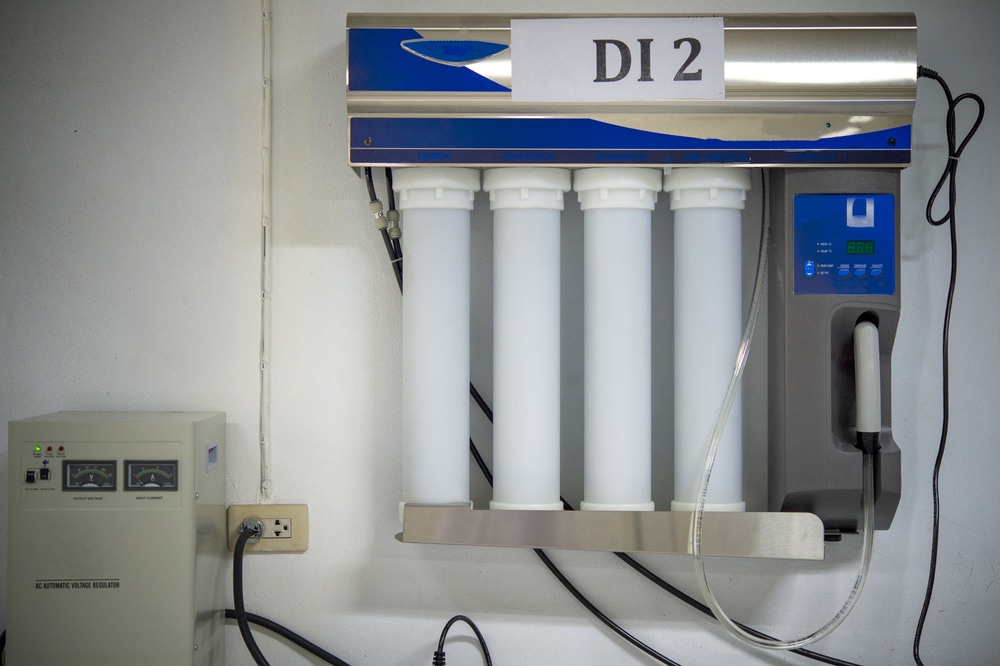
Deionization filters using ion exchange resin exchange a positive hydrogen ion for any metal ions present and a negative exchange resin, which trades a hydroxyl ion for the fluorine ion of fluoride. The hydrogen ions produced by one resin and the hydroxyl ions made by the other combine to form H2O or water.
Advantages to using a deionization filtration system are that they use energy more efficiently than reverse osmosis and don’t waste water the way RO does. Deionization filtration can remove 90 percent of fluoride, matching the performance of reverse osmosis.
Reverse osmosis systems have holding tanks, where deionization systems provide water on demand. RO filters fluoride and also viruses and bacteria, which deionization doesn’t. Deionization can also act as a water softener.
Bone Char and Activated Charcoal
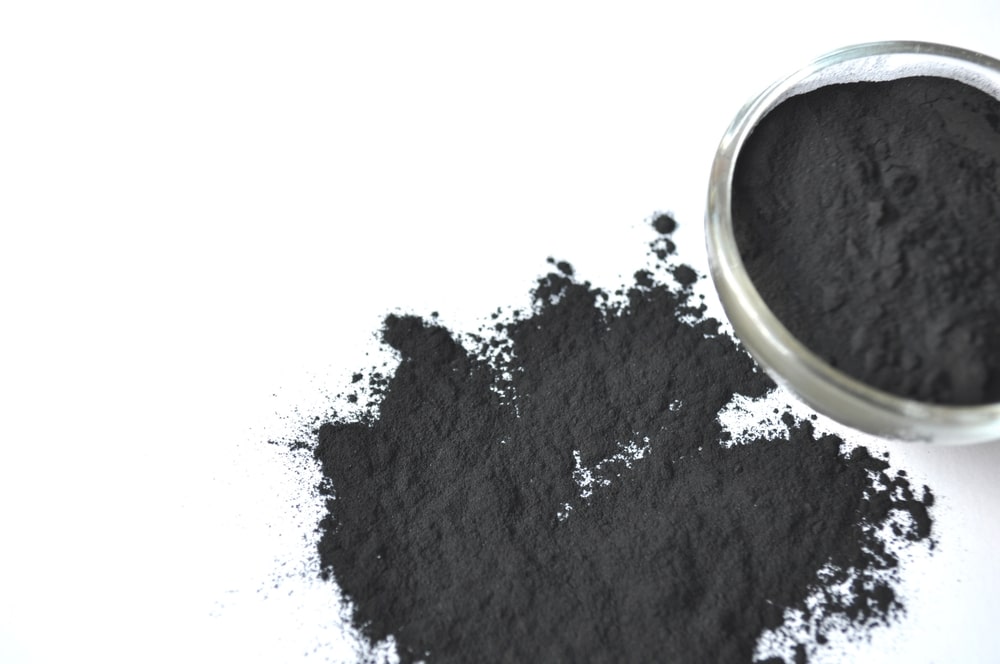
Bone char gravity water filters can also remove up to 90 percent of fluoride from tap water, but these filters are made from charred animal bones. For vegans and vegetarians, bone char filters may not be an option they could ethically purchase.
Activated carbon filtration, which can come from plant or animal sources, is another viable solution to fluoride when used in a gravity filter. Gravity filters don’t require installation, which is a plus.
We talked extensively on these filters in our fluoride water filters article.
Conclusion
Does reverse osmosis remove fluoride from water? RO systems filter fluoride efficiently, along with other minerals as well as viruses and bacteria.
Excess fluoride in tap water can be a health hazard. Being able to trust the water that you and your family drink is essential to good health. Parents are concerned about the lifetime accumulation of fluoride in their children.
Reverse osmosis is among the most effective ways to remove fluoride from water, and it also removes bacteria. What’s left is some of the purest water you can drink.

